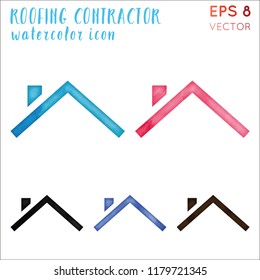Crucial Seasonal Aspects Of Commercial Outside Paint: What You Need To Comprehend
Crucial Seasonal Aspects Of Commercial Outside Paint: What You Need To Comprehend
Blog Article
Article Written By-Fox Rosendal
When you're intending an industrial exterior painting project, seasonal aspects can make or damage your outcomes. You'll want to think about exactly how temperature level and humidity influence paint application and drying out times. Selecting the appropriate period can guarantee your paint sticks effectively and lasts much longer. However which seasons are really the most effective for this kind of job? Let's discover the key elements that can impact your task's success.
The Influence of Temperature Level on Paint Application
When you're preparing an industrial exterior paint job, the temperature can substantially affect how well the paint sticks and dries out.
Ideally, house painters hobart wish to repaint when temperatures range between 50 ° F and 85 ° F. If it's too cool, the paint may not heal properly, bring about problems like peeling or fracturing.
On the other hand, if it's as well hot, the paint can dry also swiftly, avoiding correct adhesion and resulting in an unequal coating.
You should also take into consideration the moment of day; early morning or late afternoon offers cooler temperatures, which can be extra beneficial.
Constantly inspect the maker's recommendations for the specific paint you're making use of, as they usually provide assistance on the optimal temperature range for ideal results.
Moisture and Its Effect on Drying Times
Temperature isn't the only environmental factor that influences your commercial outside paint project; moisture plays a significant function also. High humidity degrees can slow down drying times considerably, impacting the total quality of your paint work.
When the air is filled with wetness, the paint takes longer to heal, which can lead to problems like inadequate adhesion and a higher risk of mold development. If you're painting on a specifically moist day, be gotten ready for extended delay times between coats.
It's crucial to keep an eye on regional weather conditions and plan as necessary. Ideally, aim for moisture levels in between 40% and 70% for ideal drying.
Maintaining these factors in mind ensures your job remains on track and provides a long-term finish.
Best Seasons for Commercial Outside Painting Projects
What's the best time of year for your business external paint projects?
https://indoorpaintersnearme22109.worldblogged.com/40491976/find-out-the-latest-methods-and-designs-in-residential-painting and early loss are usually your best bets. Throughout these periods, temperatures are moderate, and humidity degrees are usually lower, developing excellent conditions for paint application and drying.
Avoid summertime's intense heat, which can trigger paint to completely dry as well swiftly, causing poor bond and surface. In a similar way, winter season's cold temperatures can prevent correct drying out and curing, risking the longevity of your paint work.
Go for click this with temperatures in between 50 ° F and 85 ° F for optimal results. Bear in mind to check the neighborhood weather prediction for rain, as wet conditions can destroy your job.
Preparation around these elements guarantees your painting task runs smoothly and lasts much longer.
Verdict
Finally, planning your commercial external paint projects around seasonal factors to consider can make a substantial distinction in the outcome. By scheduling job during the perfect temperature levels and moisture levels, you'll make certain far better adhesion and drying times. Bear in mind to watch on neighborhood weather report and select the right time of year-- springtime and early loss are your best options. Taking these steps will help you achieve a long lasting and expert coating that lasts.
